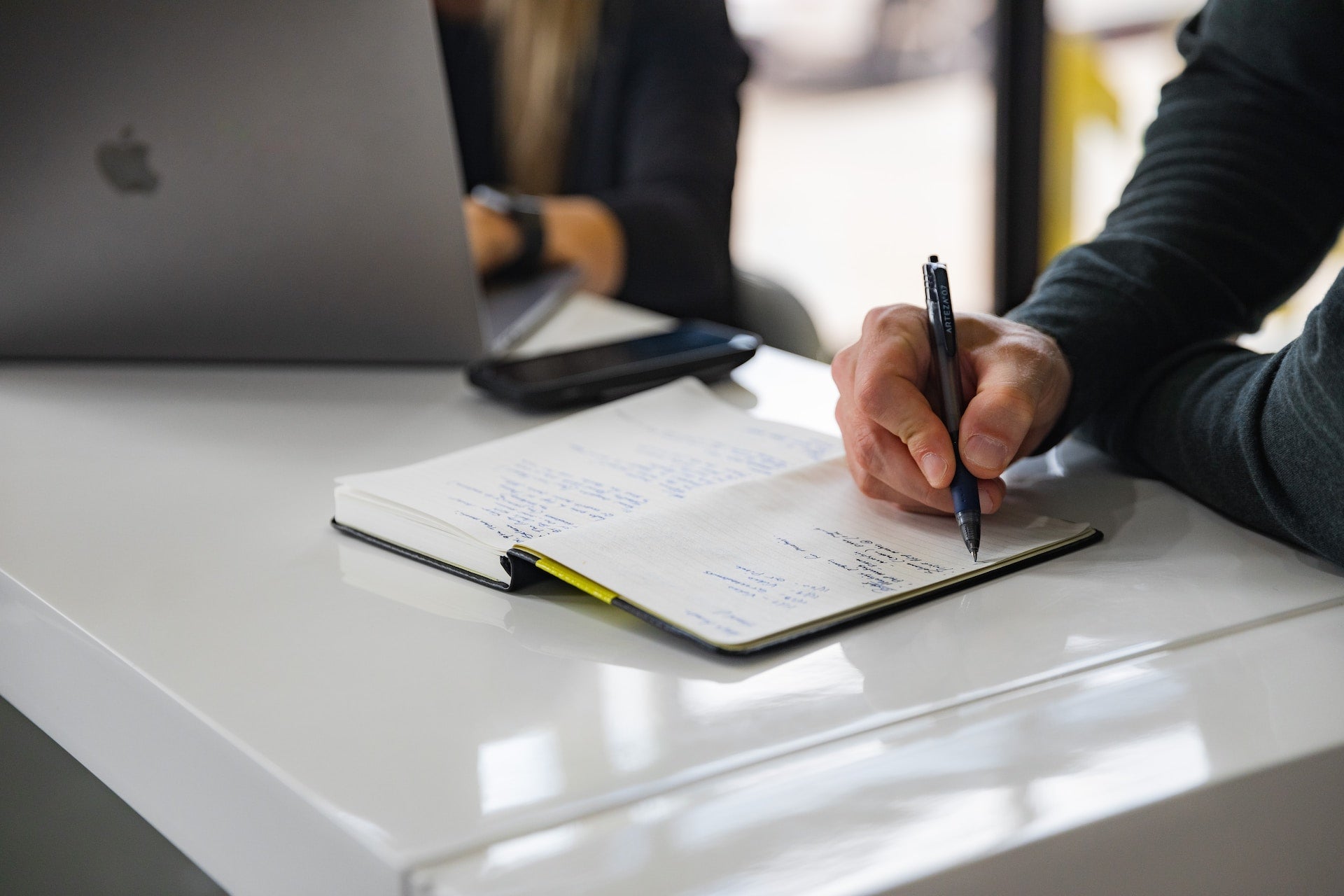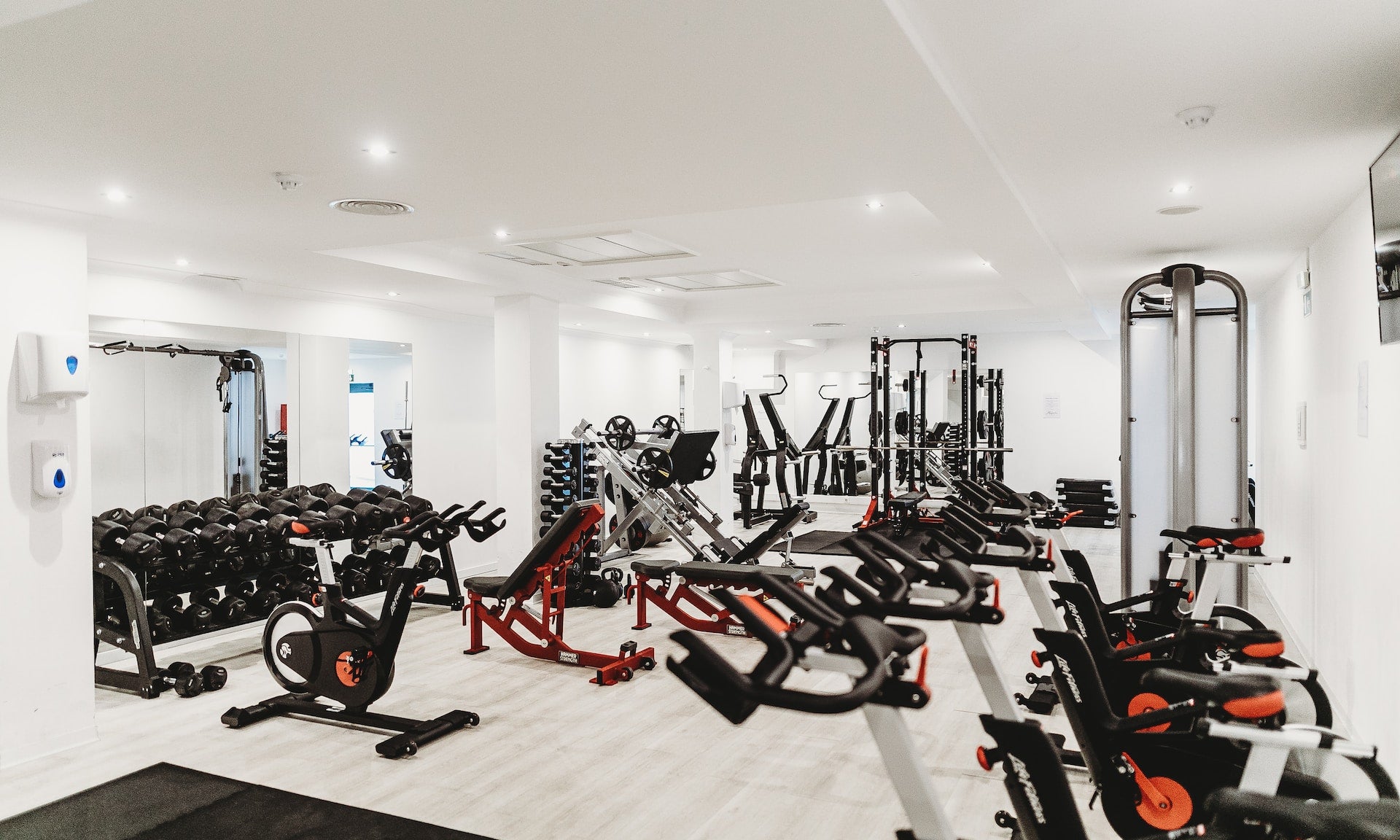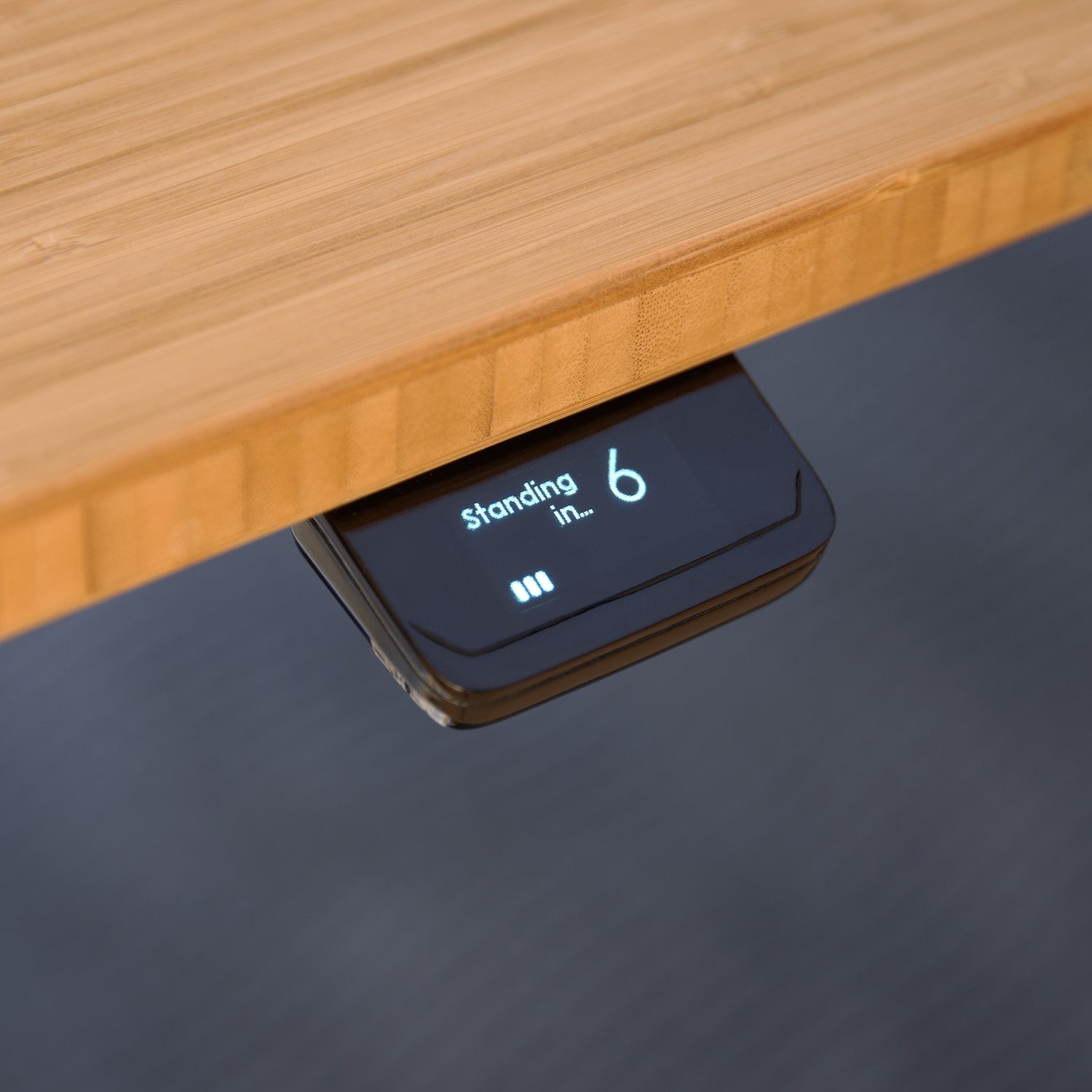If you've ever struggled to remember who said what on a work call or which pieces of research your grad school professor recommended, it's probably because you were winging it and hoping you could get away with not taking notes. Studies show that jotting down your thoughts during meetings and lectures improves job and academic performance, as well as boosting memory. It can also help you recall key points from the podcasts you listen to and the books, magazines, and newspapers you read. Here are some techniques and strategies that can improve your note-taking so you capture all the important takeaways now and use them to your advantage later.
Write On with Non-Generative Notes
Look around the typical lecture hall or corporate meeting room and you might see a few old-school outliers still using a pen and notepad, but most people are typing notes on their laptops (or pretending to while they refresh their inboxes or check their social media feeds). One of the biggest downsides is a combination of distraction and the fallacy that multi-tasking can be effective, when really it just leads to what Linda Stone dubbed continuous partial attention. She wrote that this leads to “an always on, anywhere, anytime, any place behavior that creates an artificial sense of crisis.” It also scatters your thoughts, making you less likely to accurately record what speakers are saying or recall it later.
Defenders of digital note-taking might argue that because so few of us handwrite anything anymore, they can type faster than they can write and so capture more material. This makes sense at a surface level, but when Daniel M. Oppenheimer of the University of California, Los Angeles and Pam A. Mueller of Princeton University compared the two methods, they found that such speed can actually be detrimental. “When people type their notes, they have this tendency to try to take verbatim notes and write down as much of the lecture as they can," Mueller told NPR. “The students who were taking longhand notes in our studies were forced to be more selective — because you can't write as fast as you can type. And that extra processing of the material that they were doing benefited them.”
What she was suggesting is that taking non-generative notes that just copy down what a colleague, boss, or professor is saying word-for-word on a laptop doesn’t engage your brain in the same way that non-generative note-taking – which involves summarizing, concept mapping, and paraphrasing main points – by hand does. When they had two groups of students take notes on TED talks, laptop users and paper scribblers had roughly the same recall of facts and figures. But the hand writers fared much better in answering concept application questions that required a deeper grasp of the material. They also came out on top when both groups were allowed to review their notes before answering more questions a week later. “This is suggestive evidence that longhand notes may have superior external storage as well as superior encoding functions,” Oppenheimer and Mueller wrote.
The 4 Rs: Record, Replay, Revise, and Review
You might think of note-taking as a one-and-done process, whereby you’re covered as long as you jot something down and then can find it if you need to refer back later. This might be enough in some situations, but if you want to get the most out of note-taking, it’s better to make it an iterative, multi-stage process that better connects what you’re documenting and how you put the information to use.
In a post for The Conversationv, Kenneth A. Kiewra, professor of Educational Psychology at the University of Nebraska-Lincoln proposes a three-stage method: record, revise, and review. He then goes on to add replay into the mix.
For the record phase, organization is paramount. In an article for Forbes, entrepreneur Sam Hickmann suggests a common sense method for structuring note-taking during meetings that you could easily adapt to lectures:
- Topic
- Meeting details (date and time, participants, location)
- Takeaways
- Action items
- Notes
“Your takeaways and action items will usually be written at the end of the meeting, but I suggest placing them at the top of your notes, as they can be good summaries when you read the document a few days or weeks later,” Hickmann added. Kiewra suggested keeping a lookout for verbal cues that emphasize important points and non-verbal ones like pointing to a certain section of a PowerPoint slide. He also cited research showing that being vigilant for organizational cues that highlight certain sections of a lecture or presentation – like “now let’s look at our quarterly financials” can increase the number of key details in notes by up to 45 percent.
If you or someone else recorded the meeting or lecture, downloading the audio and replaying it could also help add more telling details. Or you might find it useful to use a digital transcription service like Otter.ai to get a full written record that complements your recollections and is easily searchable for key terms. Then when you get to the revise stage, you’ll have everything you need to make the information actionable.
Moving onto the revise phase, Kiewra wrote that adding this between when you originally record the notes and the moment you need to look them over again to take action can increase the quality and usefulness of what you write down. “Revision should be done soon after a lecture or even during a lecture when the instructor pauses,” he suggested. “During revision, students should try to use existing notes to prompt the recall and addition of missing lesson ideas.”
Make Use of Margin Notes, the Cornell Method, and Mapping
One of the biggest challenges with taking notes is that most people stick to simply capturing what they’re hearing. There’s nothing inherently wrong with this approach, particularly if it’s your company’s CEO or a grad school professor doing the talking. But it’s often helpful to give yourself a bit more context and interpretation for what was said so you can make it meaningful.
In a story for Harvard Business Review, CEO coach, speaker, and writer Sabina Nawaz suggested using Margin Notes for this purpose. “You may already take notes during meetings, but unless you’re using them wisely to understand others and plan your response, you may still fall into the same trap of speaking before you think,” she wrote. “Margin Notes allows you to think, process information, make connections between points of discussion, and ask effective questions instead of blurting out the first thing that comes to mind.”
To put this method into practice, simply divide your page into two columns – a wide one on the right and a narrow one on the left. Jot down what other people say in the bigger area and then write your own questions, comments, and interpretations next to it. This will make it easier to remind yourself of next steps and to-do items related to main themes. Nawaz stated that taking Margin Notes encourages active listening too. You could also try a variation called the Cornell Method, whereby you write keywords in the smaller column to remind yourself of central themes, notes in the bigger column, and a summary at the bottom of the page. It was designed by Professor Walter Pauk to help students better understand and retain information.
If you’re a visual learner, you might find concept mapping to be the most effective note-taking technique. This involves finding ways to connect related topics on the page using a combination of writing and drawing. So for example, you could draw a spider diagram with a big central topic in the middle and lines out to supporting concepts in smaller circles. Concepts are represented by ovals, circles, or squares, while lines between these indicate relationships or logical progressions. The visual elements of mapping fire up creative centers in your brain, connect disparate ideas, and simplify complex topics so you can refer back to them at a glance instead of reading through reams of text.





















